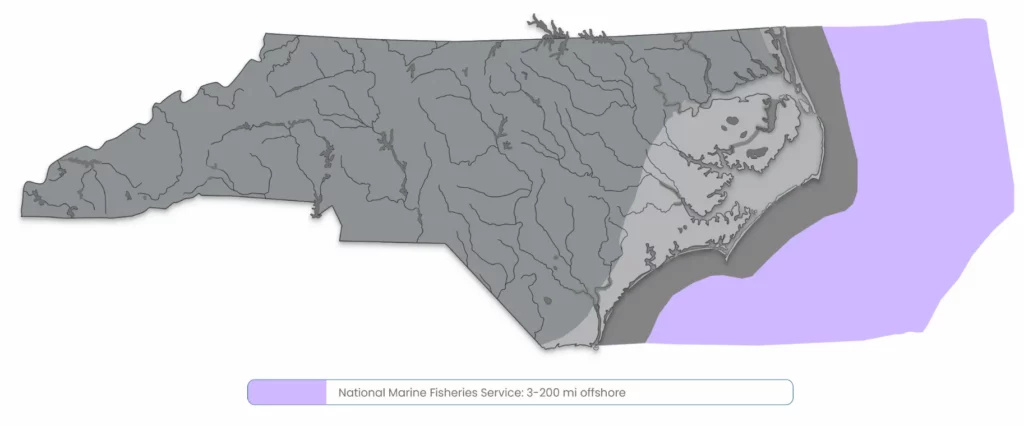Mid-Atlantic and South-Atlantic Fishery Management Councils (National Marine Fisheries Service)

Who They Are
The National Marine Fisheries Service is a federal agency housed within the National Oceanic and Atmospheric Administration within the US Department of Commerce. Federal legislation entitled the “Magnuson-Stevens Fishery Conservation and Management Act” outlines the management authority provided to the National Marine Fisheries Service within its jurisdictional waters.
The US Regional Fishery Management Council system was designed within the federal legislation to coordinate the management of fisheries in waters seaward of state waters (beyond 3 miles and out to 200 miles) for eight individual regions. North Carolina is a member state of two of the eight Regional Councils: the Mid-Atlantic Fishery Management Council and the South Atlantic Fishery Management Council.
The Mid-Atlantic Fishery Management Council has 21 voting members and four non-voting members. North Carolina has three voting members on the Mid-Atlantic Council, with one member being a representative of the North Carolina Division of Marine Fisheries and the other two being citizens appointed by the Governor of North Carolina.
The South Atlantic Fishery Management Council has 17 voting members and four non-voting members. North Carolina has three voting members on the South Atlantic Council, with one being a designee of the North Carolina Division of Marine Fisheries, and the other two being citizens appointed by the Governor of North Carolina.
Where They Manage
The two Regional Councils have jurisdictional authority 3-200 miles offshore. This area is referred to as the Exclusive Economic Zone (EEZ), as defined in the Magnuson-Stevens Fisheries Conservation and Management Act.
How They Function
Plans and specific management measures (such as fishing seasons, quotas, and closed areas) are developed based on scientific advice and are initiated, evaluated, and ultimately adopted through a public process. These plans and measures are implemented by the National Marine Fisheries Service. Each Regional Council maintains a scientific and statistical committee to assist with the peer review of any fishery management plans.
Species They Cover
There are eight important North Carolina coastal species or species groups found 3-200 miles offshore that are managed by a Regional Council.
The Mid-Atlantic Fishery Management Council develops fishery management plans for species including Black Sea Bass, Bluefish, and Summer Flounder. The South Atlantic Fishery Management Council develops fishery management plans for species including Dolphin, King Mackerel, Snapper/Grouper, Spanish Mackerel, and Wahoo.
Management coordination between the Regional Councils and the Atlantic States Marine Fisheries Commission occurs for species that move extensively between the two Atlantic Ocean jurisdictions.

